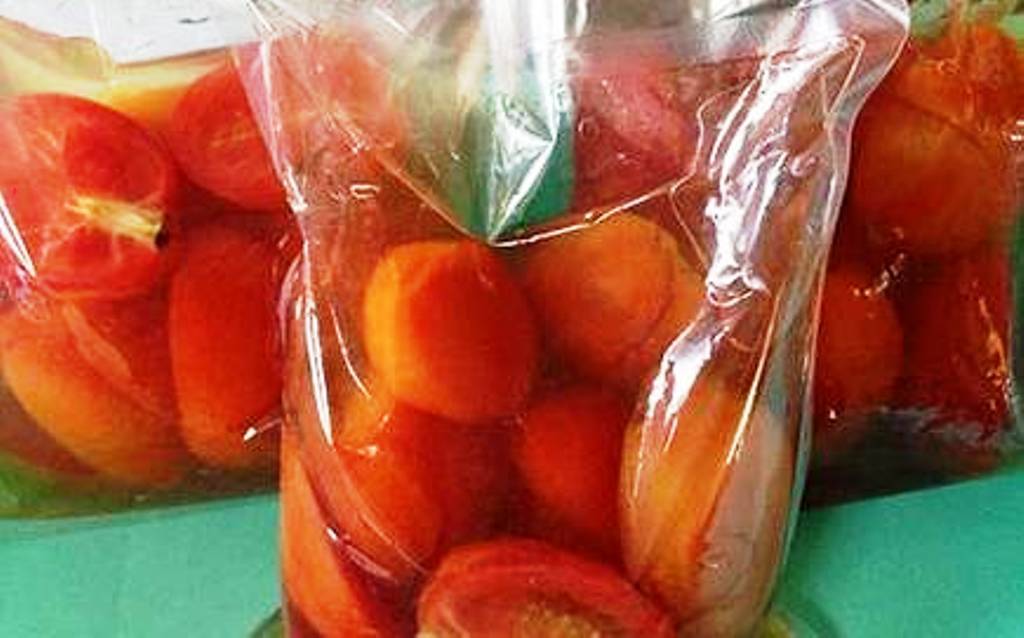
Tomato growers across the country often face volatile price trends, which not only put them into hardships but also pinch the consumer’s wallet. A few months ago, retail prices of tomato had crossed ₹80 a kg in many cities including Delhi. Presently, the prices are trending lower. There have been reports of a price crash in the Kurnool region over the past few days where prices have touched 50 paise a kg.
Tomato, along with other staple vegetables such as onion and potato, often faces volatile price trends mainly due to disruptions in supplies. Onion prices, which hit a record high in recent weeks on the lower crop, are still ruling at over ₹100 a kg in many major consuming centres.
In Budget 2018-19, the Centre had announced a new scheme, Operation’s Greens, with an outlay of ₹500 crores on the lines of Operation Flood to stabilize the supply of potato, onion and tomato and to ensure that these staples are available round the year without price volatility.

Farmers dumping tomatoes on roads during a price crash may soon become a thing of the past if the low-cost storage technique developed by the Mysuru-based Central Food Technological Research Institute (CFTRI) takes off. At a price as low as ₹3 a kg, producers can store tomatoes for up to four months adopting the CFTRI technique and without using cold storage.
“We have developed a very simple and very affordable technology that uses brine solution to store tomatoes, as such, for up to three-four months at ambient temperature,” said KSMS Raghavarao, Director, CSIR-CFTRI, inform the journalists. The technique can be used to store tomatoes in bulk at the farm level or in 1 kg consumer packs, Raghavrao said.

Elaborating on the new technique, Rao said brine solution is being used for the first time to store tomatoes, while it has been used to preserve vegetables such as gherkins. “Brine essentially discourages the growth of micro-organisms. Tomato can be stored as a whole fruit or can be cut into two pieces in brine solution and the sensory property is not affected,” Raghavrao said.
As per reports, CFTRI expects to commercialize this technology soon and talks with Karnataka government, a large producer of the vegetable. “The State Government has shown interest in deploying this technology and is exploring options to establish storage units as a common facility to the growers in the major producing districts,” Raghavrao said.
CFTRI is also in the process of developing a storage unit that can be mounted on a vehicle and taken to farmer’s locations in remote growing regions, headed.
Moreover, Raghavrao said CFTRI will next focus on enhancing the storage options for onions and potatoes with minimum processing and at ambient temperatures.















